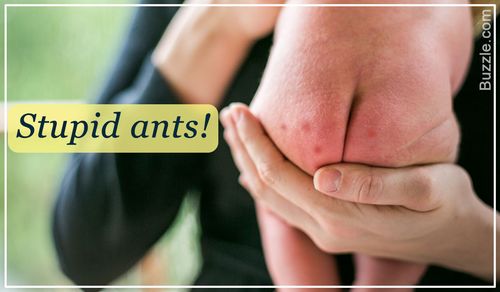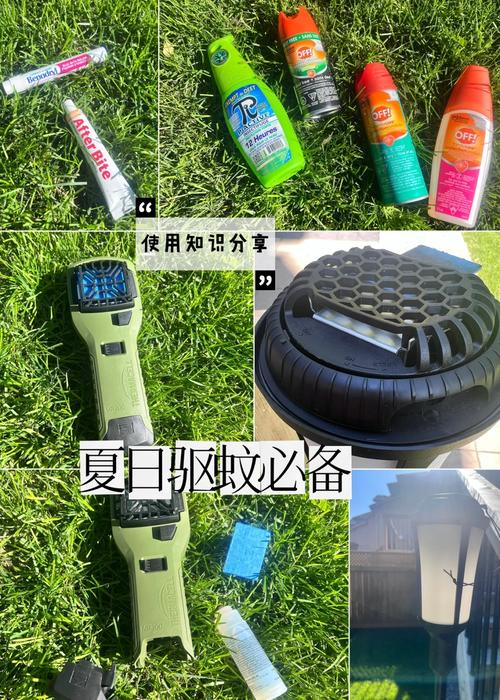
Insect Bite Rash: A Comprehensive Guide
Have you ever experienced an insect bite rash? It’s a common occurrence that can range from mild to severe. In this article, we will delve into the details of insect bite rash, including its causes, symptoms, treatment, and prevention methods. By the end, you’ll have a better understanding of how to deal with this pesky condition.
Understanding Insect Bite Rashes
Insect bite rash occurs when an insect injects its saliva into your skin while feeding. This saliva can cause an allergic reaction, leading to the characteristic rash. Common insects that cause bite rashes include mosquitoes, ticks, bed bugs, and bees.

Causes of Insect Bite Rashes
As mentioned earlier, insect bite rashes are caused by the saliva of insects. This saliva contains substances that can trigger an immune response in your body. Some people may be more sensitive to these substances, leading to a more severe reaction.
Common Symptoms of Insect Bite Rashes
The symptoms of an insect bite rash can vary from person to person. Here are some of the most common symptoms:
-
Red, itchy bumps on the skin
-
Pain or swelling at the bite site

-
Wheals, which are raised, ring-shaped areas on the skin
-
Fluid-filled blisters
-
Darkening of the skin around the bite site
Treatment Options for Insect Bite Rashes
Most insect bite rashes are mild and can be treated at home. Here are some common treatment options:
-
Cool compresses: Apply a cool, wet compress to the affected area for 10-15 minutes several times a day to reduce swelling and itching.
-
Antihistamines: Over-the-counter antihistamines, such as diphenhydramine (Benadryl), can help relieve itching and reduce inflammation.
-
Topical corticosteroids: These creams or ointments can help reduce inflammation and itching. They are available over the counter or by prescription.
-
Hydrocortisone: This over-the-counter cream can help relieve itching and reduce inflammation.
-
Antibiotics: If the rash becomes infected, your doctor may prescribe an antibiotic.
Preventing Insect Bite Rashes
Preventing insect bite rashes involves taking steps to avoid exposure to insects. Here are some tips:
-
Wear long-sleeved shirts and pants when outdoors, especially during peak mosquito and tick seasons.
-
Use insect repellents containing DEET, picaridin, or oil of lemon eucalyptus.
-
Check your clothing and body for ticks after spending time outdoors.
-
Keep your home free of insects by sealing cracks and gaps around doors and windows.
-
Remove standing water from your property to reduce mosquito breeding.
When to Seek Medical Attention
In most cases, insect bite rashes are mild and don’t require medical attention. However, there are certain situations where you should seek medical help:
-
The rash is severe or covers a large area of your body.
-
You have difficulty breathing or swallowing.
-
You develop a high fever or other signs of infection.
-
You have a history of severe allergic reactions.
Insect bite rashes can be an annoying and uncomfortable experience, but with proper treatment and prevention, you can minimize your risk of developing this condition. Remember to take care of your skin and stay informed about the best ways to protect yourself from insects.
| Insect | Common Bite Location | Typical Symptoms |
|---|---|---|
| Mosquitoes | Arms, legs, and face
Related Postsmens bit loafers,Mens Bit Loafers: A Comprehensive GuideMens Bit Loafers: A Comprehens… oaxacan bites,Oaxacan Bites: A Culinary Journey Through Mexico’s HeartlandOaxacan Bites: A Culinary Jour… Like |




